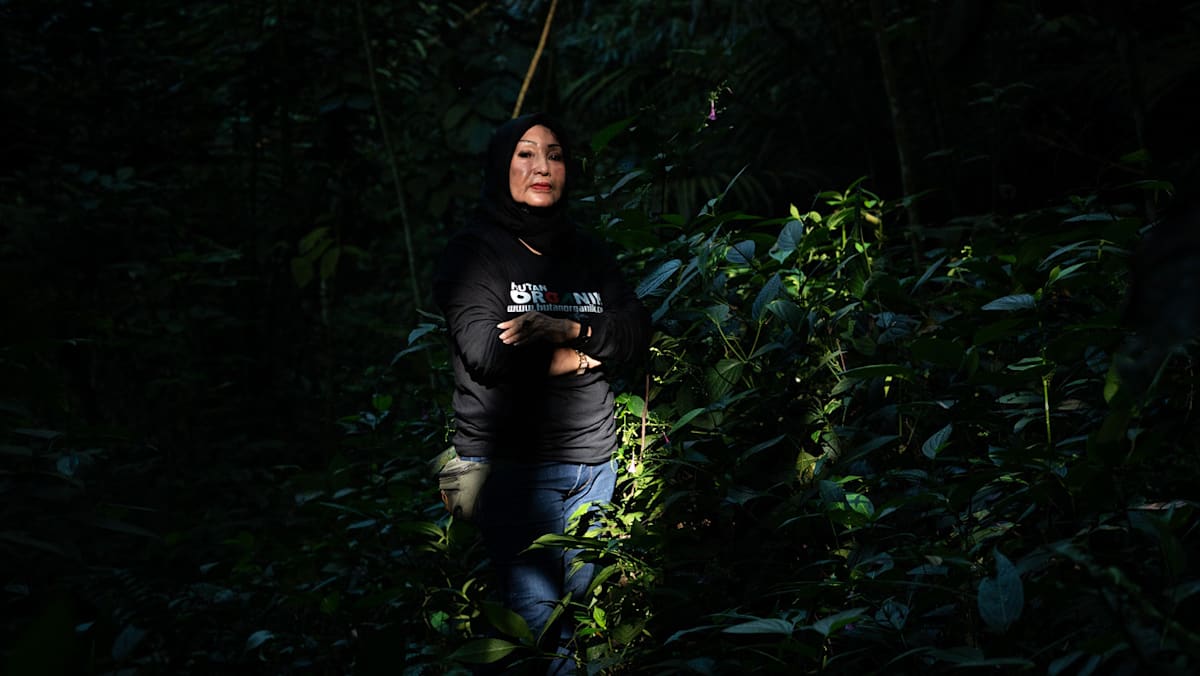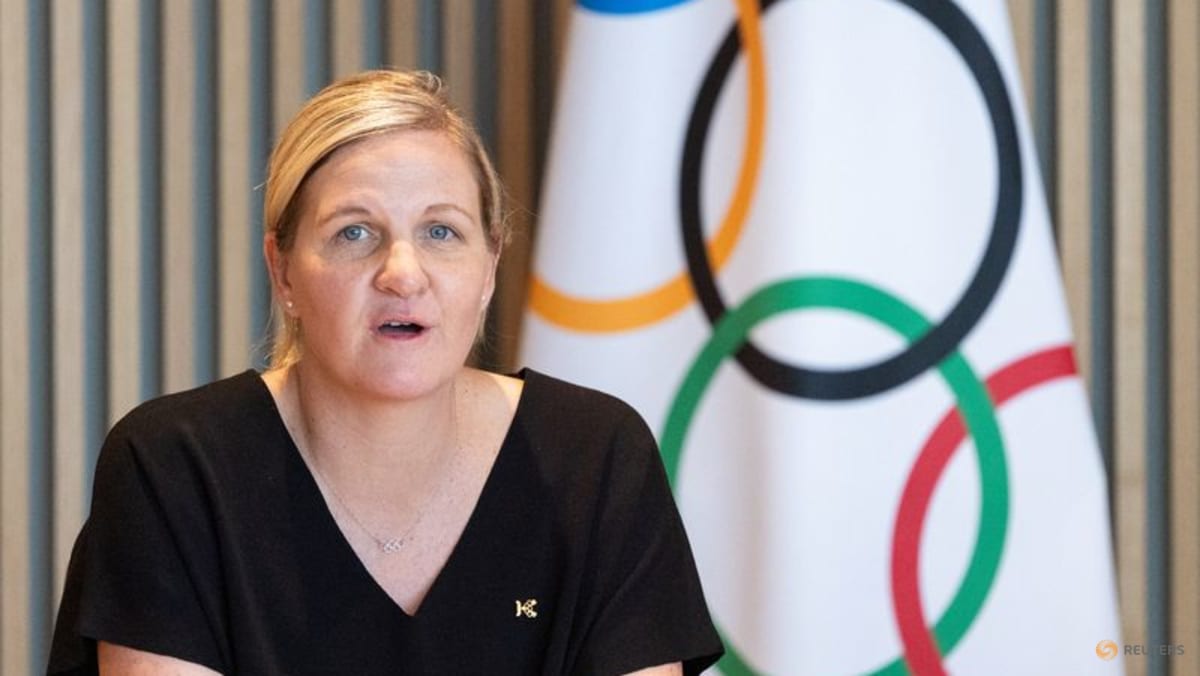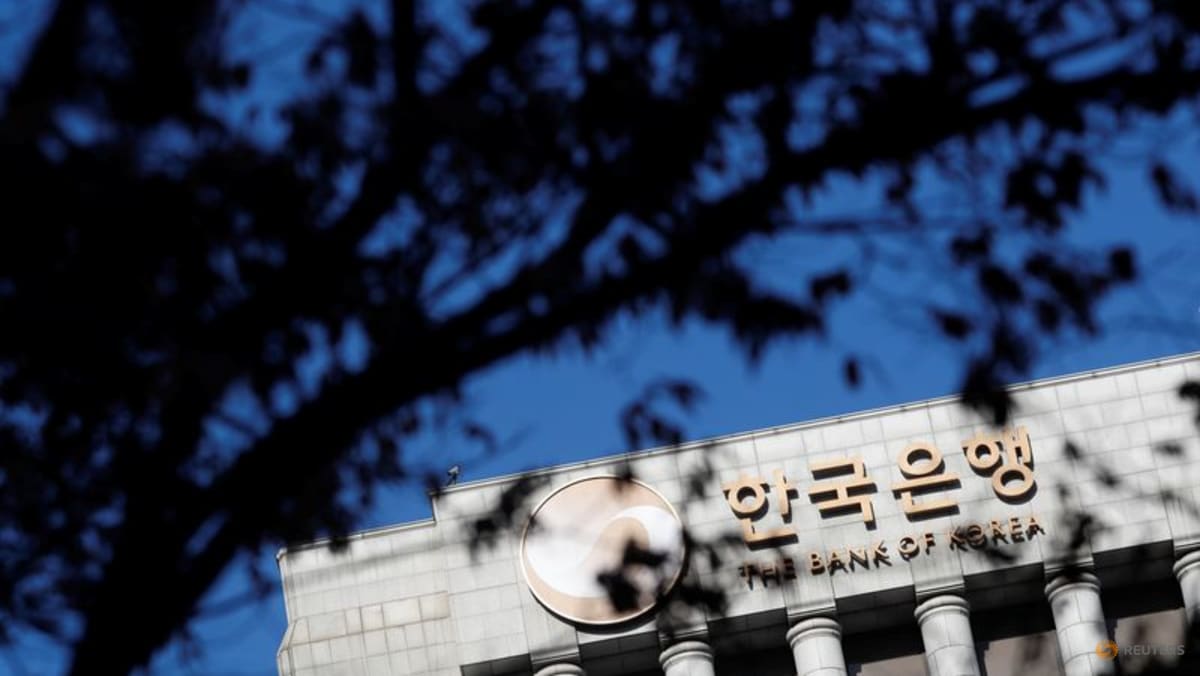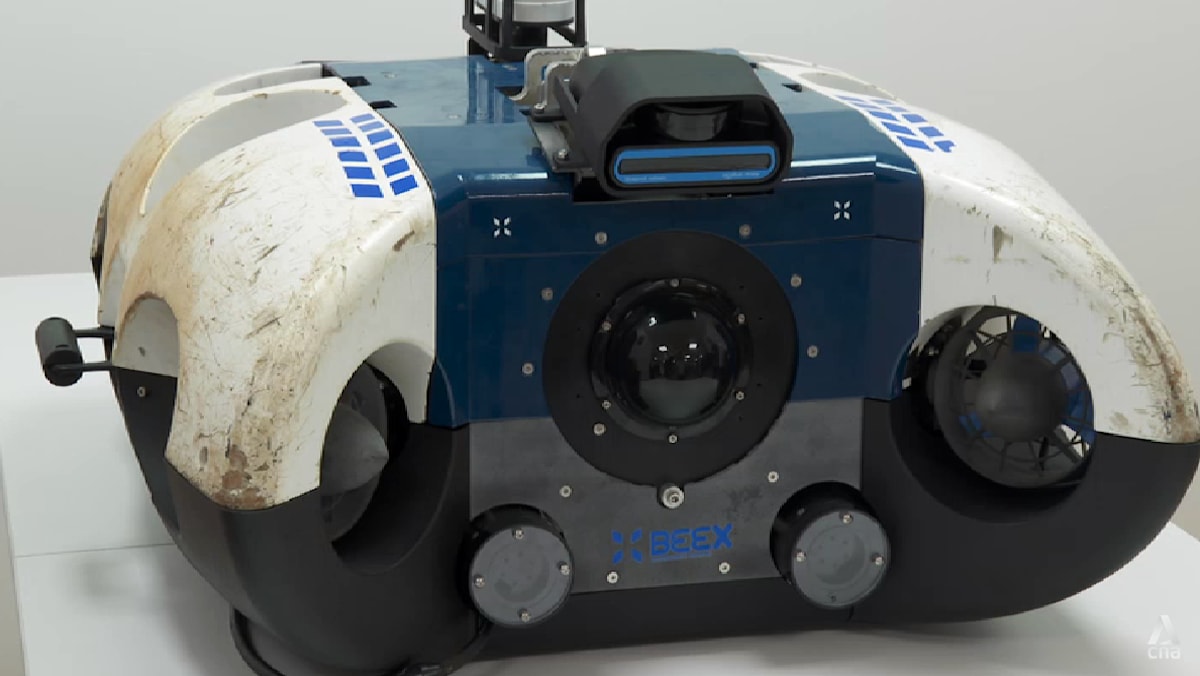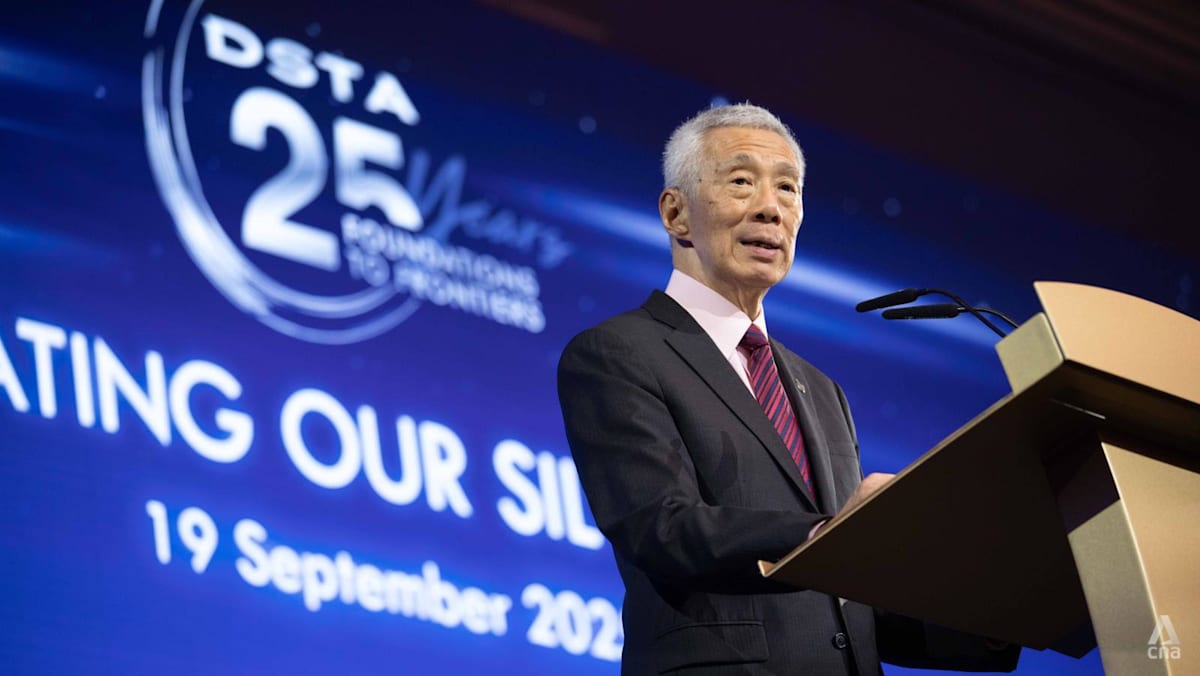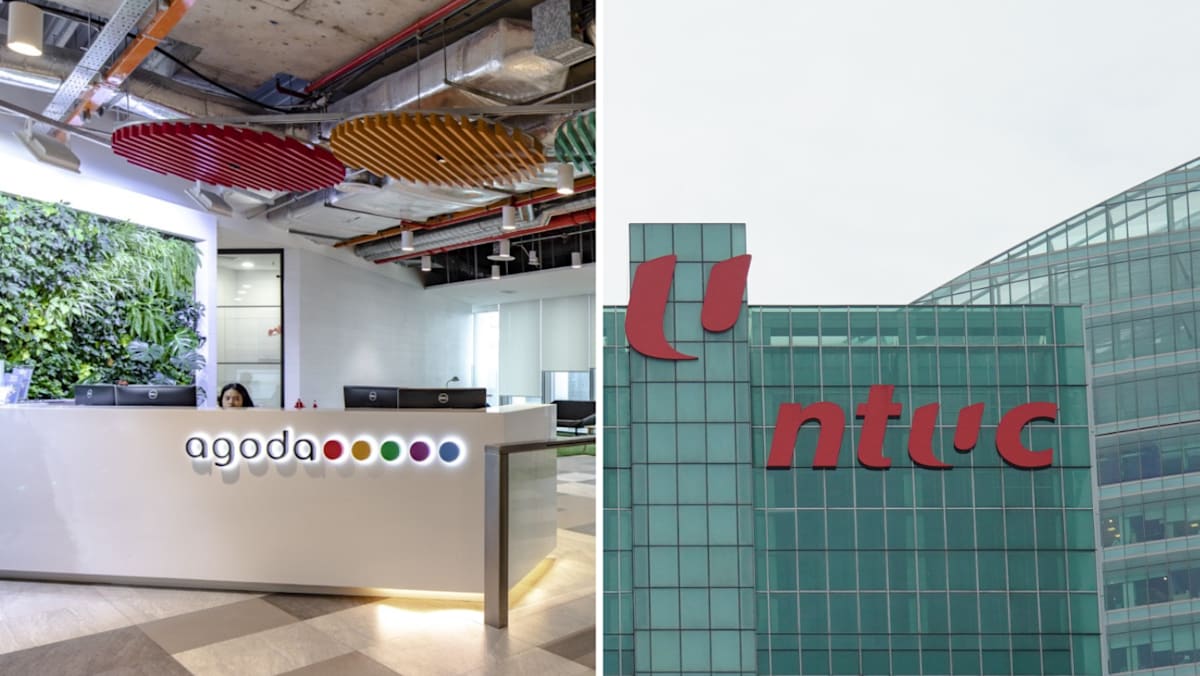THE GLOBAL WELLNESS MOVEMENT
While leisure travel of all kinds is, at its core, a pursuit of well-being, “wellness” in the tourism industry refers largely to products and services such as spas, massages and retreats focused on health and well-being.
It also includes medical tourism, which can refer to cosmetic enhancement surgeries and healthcare check-ups.
The growth of this industry has even led to the emergence of niche offerings such as sleep tourism packages, with resorts around the world offering circadian lighting, soundproof rooms and “sleep coaching” to help guests improve rest and combat modern lifestyle challenges that include sleep deprivation.
Dr Guy Llewellyn, an assistant professor at the EHL Hospitality Business School in Singapore, said “digital detox resorts” are getting popular, too. These are resorts that promote an “unplugging mindset” by either collecting all electronic devices on arrival or limiting their usage to designated areas.
“They are designed for people to refocus, reduce stress and lower anxiety levels that come from constantly being connected, by encouraging yoga, meditation, activities and even group sessions to have face-to-face conversations.”
For instance, Unplugged, a company in the United Kingdom, offers guests off-grid cabins surrounded by nature. In these cabins, guests have a phone lockbox to store their smartphones away, and an old-school “replacement Nokia” phone so that they may still reach cabin support during their stay.
GWI’s figures showed that wellness tourism expenditure reached US$830 billion (S$1 trillion) in 2023, almost double from 2012, making it a lucrative sector, and tourism-dependent countries would ignore it at their own peril.
Ms Prudence Lai, Euromonitor International’s travel analyst for Asia Pacific, said that the data analytics firm expects a 10 per cent year-on-year growth in wellness in-destination spending this year.
While undeniably large, the global wellness industry tends to be fragmented, with only a few players having been able to establish a presence across geographical boundaries.
Dr Llewellyn said some international brands such as Six Senses, Aman, Como Shambhala and Chiva-Som have successfully blended their wellness offerings with local environments to build strong reputations.
“These operators appeal to high-end travellers and are often considered benchmarks in the industry. For the most part, though, it is the smaller, independent properties that drive the sector’s diversity.”
That is because in each country, wellness offerings largely depend on its cultural heritage and geographical terrain.
Countries such as Zambia and Botswana in Africa have service providers that offer “yoga safaris” – a travel experience that combines wildlife viewing, in the form of a traditional safari, with daily yoga and meditation practices in natural settings.
Similarly, tourists may go on retreats in “alpine wellness hotels” that provide spa services in the Austrian Alps. The European country is known for its striking mountainous landscapes.
